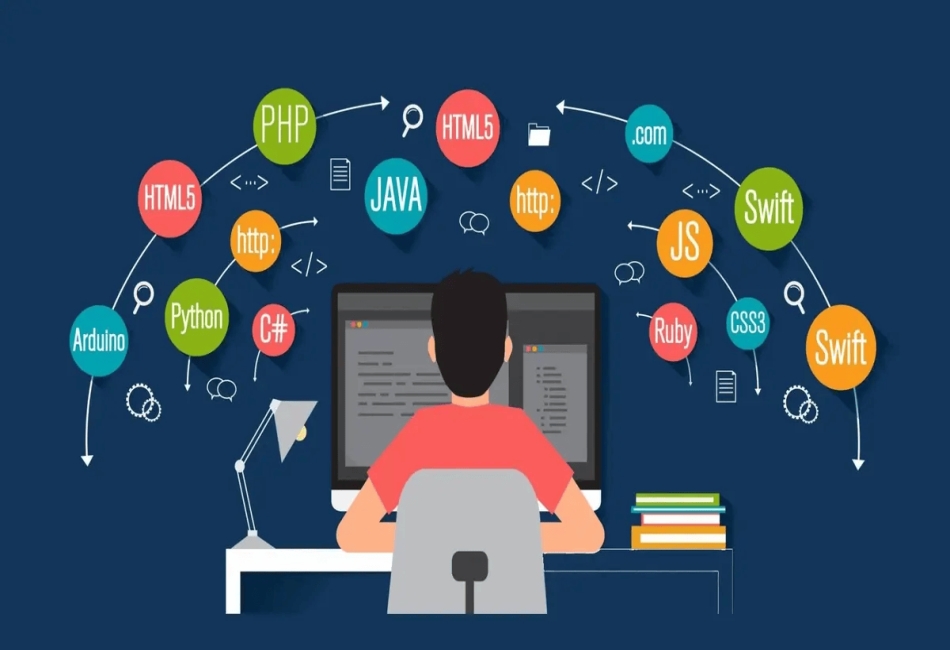How to Choose the Right Tech Stack for MVP Development
Choosing the right tech stack can make or break your MVP. It’s one of the most important early decisions in MVP development services, as it directly affects how fast you can launch, how much you’ll spend, and how easily your product can grow. Let’s look at how to choose tools that truly match your project’s needs and your team’s strengths.
What Is a Tech Stack?
A tech stack is the mix of tools, frameworks, and programming languages used to build your MVP. It includes the frontend (what users see), the backend (where all the logic happens), a database to store your data, and hosting/DevOps tools to keep everything running. Each layer needs to work well together to build a product that’s fast, reliable, and easy to maintain.
Why It Matters for MVP?
Choosing the wrong tech stack can slow you down, create bugs, or make updates painful and expensive. For MVPs, the focus is on speed, testing, and flexibility. You want to launch fast, collect real feedback, and iterate often. The right stack helps you do that efficiently—saving time, money, and future stress. It’s the foundation that allows you to scale without starting over. A simple landing page doesn’t need a full-blown framework like, for example, AI MVP development.
Key Factors to Consider
When picking your MVP tech stack, start with the basics:
- Project Scope & Complexity: A simple landing page doesn’t need a full-blown framework.
- Time to Market: Use tools that support rapid prototyping, like React or Node.js.
- Team Expertise: Stick to what your developers know—it’ll save time and money.
- Community & Support: Popular tools come with lots of tutorials, forums, and plugins.
- Scalability: Your MVP might be small now, but it should handle growth later.
Popular Tech Stacks for MVPs
Here are go-to choices in modern MVP development:
- Frontend: React, Vue.js, Next.js
- Backend: Node.js, Django, Laravel
- Database: PostgreSQL, MongoDB, Firebase
- Mobile: React Native, Flutter
- Infrastructure: Vercel, Heroku, AWS
Each has its pros and cons, so base your decision on your use case, available developers, and long-term goals.
Common Mistakes to Avoid
Don’t chase the latest trend just because it’s cool—go for tools that are stable and battle-tested. Avoid overengineering from day one or mixing too many frameworks just to try them out. If your team doesn’t know a tool, learning it will slow you down. Keep it simple. Focus on solving the user’s problem first—you can always scale and optimise later.
Conclusion
The tech stack you choose should support your MVP’s key goals: speed, simplicity, and adaptability. Don’t overthink or overbuild. Start small, use reliable tools, and stay flexible. The right foundation makes it easier to test ideas, improve quickly, and grow with confidence.







